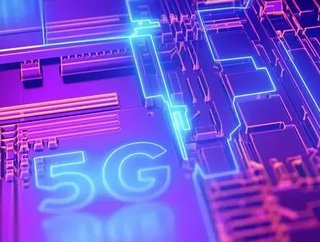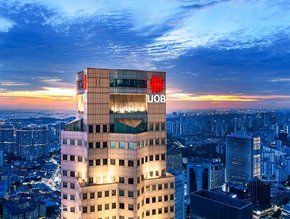Samsung: the future of communication technology

“Communication is about sharing information with others. The evolutions of communications technology has enabled us to be more connected than ever before, meaning that information can be shared anytime and anywhere.],” commented Smasung. “In mobile communication, a business with a well-established global ecosystem, from equipment manufacturers to telecommunications operators, common rule is essential to keeping the ecosystem moving forward collaboratively.”
As a result this is where standardisation is required. This approach involves internally agreed upon standards which provides users with access to better products and services. Samsung believes that standardisation is one of the main driving forces accelerating the growth of the mobile communication industry.
“Large-scale investments into mobile communication have been triggered when each new generation of communications is commercialised,” commented Dr. Jin-Kyu Han. “When certain countries or companies run their businesses with proprietary solutions, the risk of failure increases.” As a result Samsung explains that the chance of success can only increase when stakeholders of the mobile communication ecosystem join together to identify the relevant technologies and discuss ways to implement. “Determining communications standards and developing products following these standards is an equitable process,” added Dr. Han. “These standards are crucial.”
The two forms of standardisation
De jure standards - standards which are obligated by regulators.
De facto - Standards established by the global communications industry. While not compulsory, specify unified ways to operate.
“For example, in order to utilise the extremely high frequency band (mmWave) for 5G, de jure standardization is a prerequisite for the commercialization of any device using the band, which includes assigning a set of frequency bands to mobile communication, setting regulated conditions such as maximum transmission power and out-of-band emission, and ensuring its safety for the human body and existing devices,” commented Dr. Han. “We are also simultaneously developing protocol technologies and working on de facto standardization to include these technologies into the standards by participating in standards developing organizations such as 3GPP (3rd Generation Partnership Project) and IEEE (Institute of Electrical and Electronics Engineers).”
The next phase of 5G enabled by standardisation
“4G is a communications technology designed to enable the wireless broadband service for smartphones. In particular, 4G as a universal communications platform aggressively adopted the Internet protocol that was popularly used in past wired packet communications. Therefore, many Internet-based services could easily migrate to cellular systems,” commented Samsung. With this in mind 5G is designed to expand its territory into vertical markets including smart factories, automobile, healthcare, private network and smart cities.
“5G aims to create new markets based on its new design principle of customizable networks to fulfill the specific requirements of a particular industry sector,” added Samsung.
In order to realise the potential that 5G innovation promises, Dr. Han alongside his team have been working on Rel-16, the second version of 5G. “Rel-15, the first version of 5G, laid a new framework for the technology and focused on how to provide differentiated experiences to conventional customers, i.e. smartphone users,” commented Dr. Han.
“We joined the global collaboration to develop Rel-16 in order to realize the 5G vision. Rel-16 introduces and enhances 5G’s features for vertical markets. For example, V2X1 is for connected cars, industrial IoT communications is for smart factories and the data analytics function has been improved for network AI,” he added.
While 5G has been commercialised, Samsung highlights that until the launch of 6G 5G standards will continuously evolve in order to improve the technology.
. “As soon as we concluded the development of 5G’s second version, we immediately began work on the third version, Rel-17,” commented Dr. Han. “We have discovered some areas to improve commercial 5G networks, including coverage expansion and NR-MIMO (Multiple Input Multiple Output). These will be amended and enhanced in the upcoming versions. Furthermore, we will continue to discover new features to add in order to enable new 5G applications. Innovations we are looking at include media delivery for AR glasses-type devices and edge computing enablers for low latency services from cloud servers close to users.”
To find out more about the future of communication technology, click here!
For more information on business topics in Asia Pacific, Australia and New Zealand, please take a look at the latest edition of Business Chief APAC.
- How LG Electronics is restructuring to accelerate growthCorporate Finance
- How Samsung’s US$5billion sustainability plan is working outSustainability
- How incoming CEO Mohit Joshi is restructuring Tech MahindraCorporate Finance
- How AI is ushering in the age of the augmented workforceTechnology






